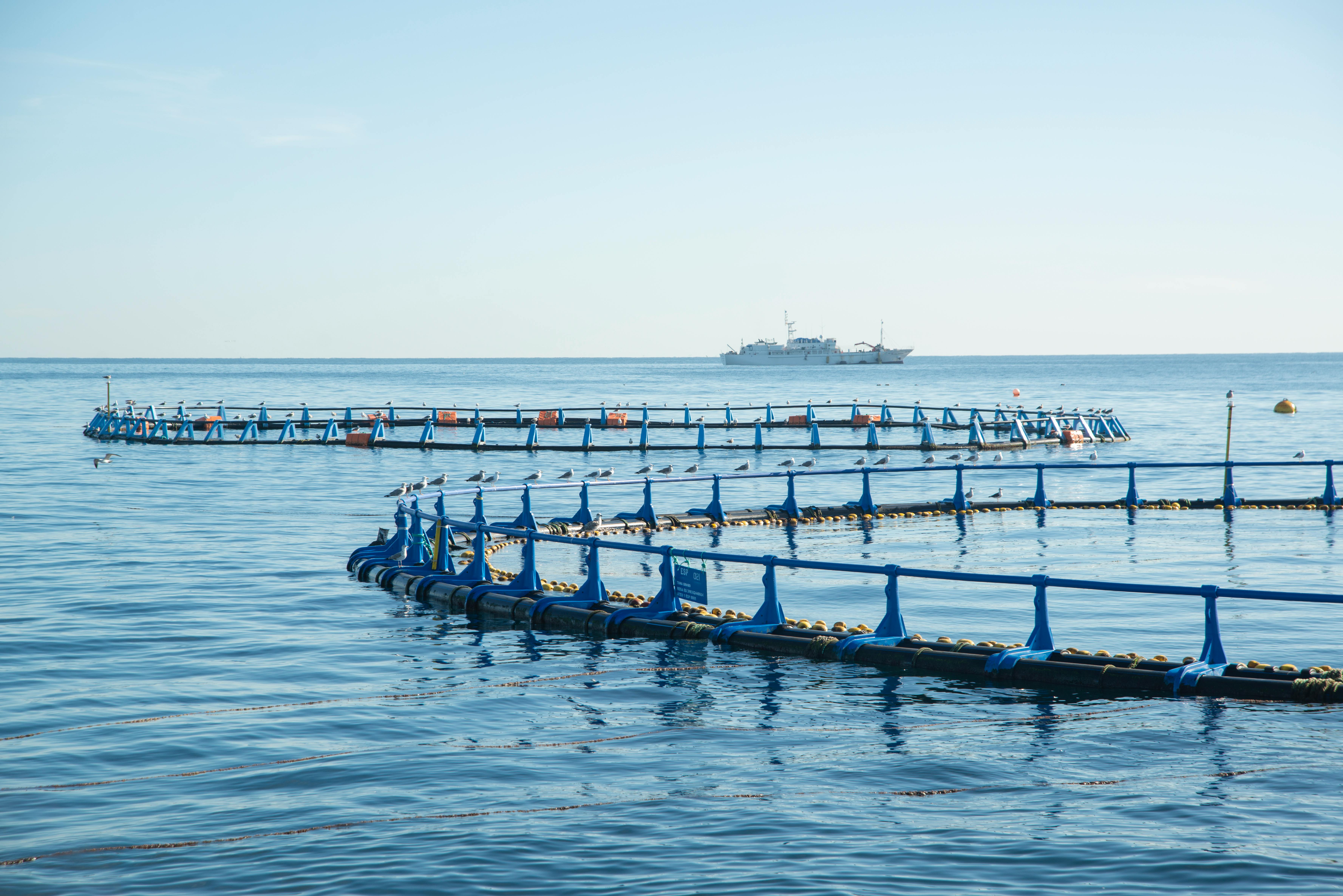TIAC: Advancing Sustainable Aquaculture in Kuwait
Project Background
Client or Market Need: Kuwait heavily relies on imported seafood, with approximately 70% of its fish supply coming from abroad. This reliance is partially due to declining natural fish stocks in local waters, which face pressures from overfishing and environmental constraints. The Kuwaiti government has identified aquaculture as a strategic solution to reduce import dependency, stabilize seafood prices, and address national food security goals. The “Blue Economy” initiative and support from the Public Authority for Agricultural Affairs and Fish Resources (PAAFR) reflect Kuwait's commitment to developing sustainable seafood production to fulfill increasing domestic demand.
Industry Context: Aquaculture in Kuwait has been growing, especially with technologies like the Recirculating Aquaculture System (RAS), which are ideal for arid environments as they allow for controlled, efficient water usage. Common farmed species include tilapia and sea bass, which have shown good adaptability in Kuwait's climate. Additionally, government subsidies for feed and land leases encourage local producers to scale up operations. The local aquaculture sector, although still small compared to traditional fishing, has gained traction and importance due to its potential to address food supply chain disruptions and support sustainable growth.
Challenges and Solutions
Challenge #1: Water Scarcity and Management
Issue: Kuwait’s arid climate and limited freshwater resources make traditional fish farming challenging.
Solution: Technologies like the Recirculating Aquaculture System (RAS) allow for water reuse, minimizing the impact on groundwater reserves and ensuring the feasibility of fish farming in desert conditions.
Challenge #2: High Operating Costs
Issue: Importing fish feed and aquaculture technology increases costs significantly.
Solution: Subsidies and support from PAAFR help offset some of these costs, especially for essential supplies like fish feed.
Challenge #3: Regulatory and Licensing Hurdles
Issue: Regulatory frameworks for aquaculture are still developing in Kuwait.
Solution: PAAFR works to streamline licensing and allocate agricultural land for aquaculture ventures.
Challenge #4: Climate and Environmental Constraints
Issue: High temperatures and seasonal variations impact fish health.
Solution: Greenhouse structures and temperature-resistant fish species like tilapia and sea bass help mitigate these issues.
Challenge #5: Market Competition and Limited Awareness
Issue: Competition with cheaper imported seafood and low consumer awareness.
Solution: Government-backed initiatives and targeted marketing towards niche markets like restaurants and health-conscious consumers.
Results and Impacts
Enhanced Resource Efficiency: TIAC’s adoption of Recirculating Aquaculture System (RAS) technology has enabled significant water conservation, reducing freshwater use by over 50% compared to traditional methods. Energy-efficient cooling and filtration systems have minimized operational costs.
Positive Environmental Impact: Locally farmed fish reduce seafood import dependency and the associated carbon footprint. Sustainable practices like optimized feed and greenhouse structures help maintain eco-friendly operations.
Strengthened Food Security: TIAC provides a steady, reliable source of fresh, locally grown fish, reducing vulnerability to global supply chain disruptions. Partnerships with local distributors and retailers ensure consistent seafood availability.
Economic and Market Contributions: TIAC supplies high-quality seafood to local restaurants and retailers, expanding market share and promoting “farm-to-table” aquaculture. Client feedback emphasizes the freshness and quality of TIAC’s products.
Key Takeaways
TIAC’s journey illustrates the feasibility and benefits of sustainable aquaculture in water-scarce regions. Their innovative approach addresses Kuwait’s environmental constraints while meeting market demands for fresh seafood. TIAC’s success offers a blueprint for sustainable food production in challenging climates.

